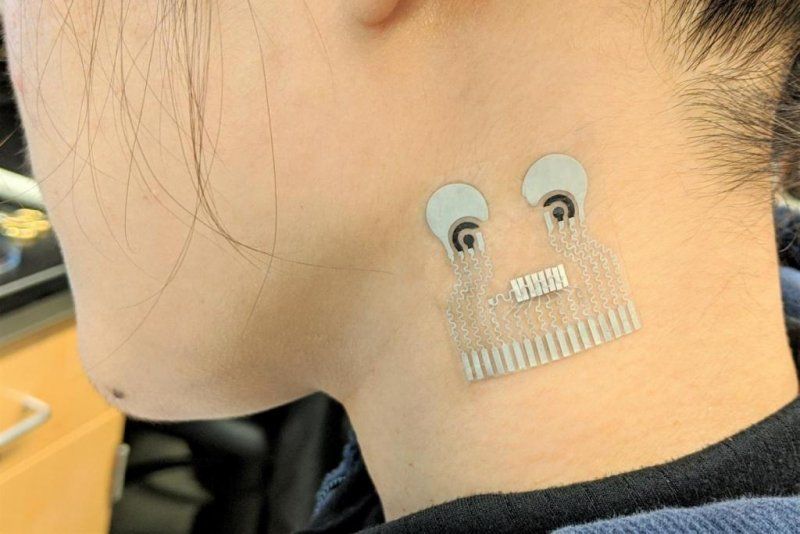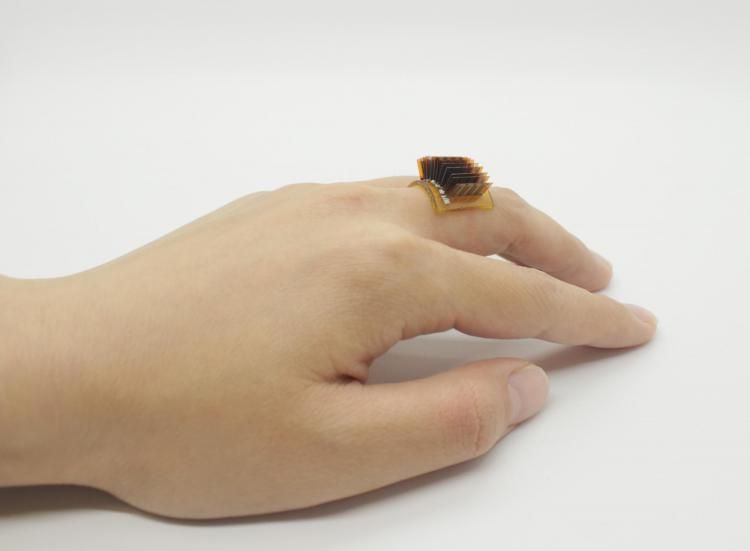From the English Premier League to the NFL, sport is a multibillion-dollar industry, and top teams are increasingly turning to technology to give them the edge.
Until recently, gathering athletes’ performance data was a laborious process. Coaches and sports scientists would spend hours compiling information from games and training sessions, pulling out the information relevant to their players’ development. But technology-based performance analytics has changed all that.
These days, athletes can wear devices or vests with GPS-tracking capabilities that record the speed and distance they run, as well as the impacts on their body. The information helps coaches develop training plans to avoid athlete fatigue and maximize performance for match days.










